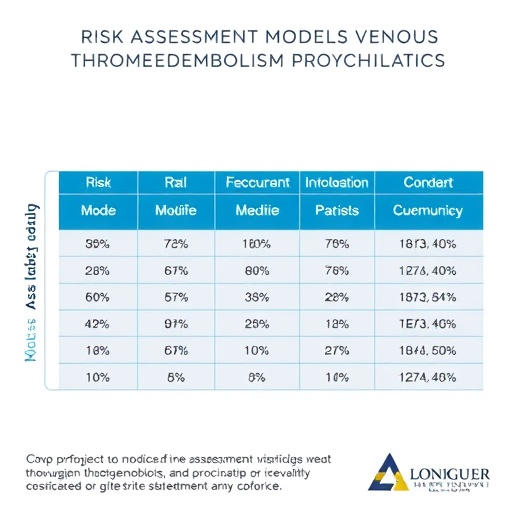Wintry weather means hats and scarves for some mammals, and hibernation for others. Hibernation dramatically lowers body temperatures, heart rates and oxygen consumption — things that would be fatal to other animals. A team reports in ACS' Journal of Proteome Research a study of the proteins and genes that allow squirrels' hearts to stay healthy during the winter. A better understanding of this phenomenon could help researchers develop better treatments for people with cardiac disease.
The thirteen-lined ground squirrel hibernates all winter, but it regularly wakens about once a week. Each time the squirrels go back into slumber, they lower their body temperatures to nearly zero degrees Celsius and reduce their oxygen usage to 2 percent of the aroused state. But they do not develop ischemia, ventricular fibrillation and other dangerous circulatory problems that would occur in most mammals, including humans. These cycles mean their body temperature and metabolism fluctuate substantially, putting their hearts through the wringer over and over. Studying the molecular mechanisms behind how hibernators avoid this physiological roller coaster could one day help researchers understand the biology behind human heart failure, stroke and obesity. So, how do the squirrels survive such extremes? To answer this question, Matthew Andrews and his colleagues at the University of Minnesota used advanced proteogenomic techniques.
The researchers monitored changes in the ground squirrels' protein expression during different stages of hibernation. They compared these results against the squirrel's recently sequenced genome using a data analysis platform the team developed, called Galaxy-P. This proteogenomic analysis found dozens of proteins and protein signaling pathways that are expressed differently during hibernation. For example, the PPAR signaling pathway was upregulated during hibernation and highlights some of the proteins required to maintain heart function during that process. The team notes that these insights may be translated into therapies to prevent and treat cardiovascular disease in humans in the future.
###
The authors acknowledge funding from the National Science Foundation, the National Institutes of Health and the University of Minnesota.
The American Chemical Society is a nonprofit organization chartered by the U.S. Congress. With more than 158,000 members, ACS is the world's largest scientific society and a global leader in providing access to chemistry-related research through its multiple databases, peer-reviewed journals and scientific conferences. Its main offices are in Washington, D.C., and Columbus, Ohio.
To automatically receive news releases from the American Chemical Society, contact [email protected]
Follow us: Twitter
Facebook




